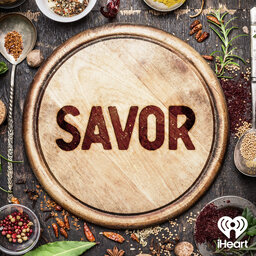The Smokin' Pastrami Episode
A treatment including curing, smoking, and seasoning turns tough beef brisket into this delectable deli meat. Anney and Lauren dig into the history and science behind pastrami.
Learn more about your ad-choices at https://www.iheartpodcastnetwork.com
 Savor
Savor


